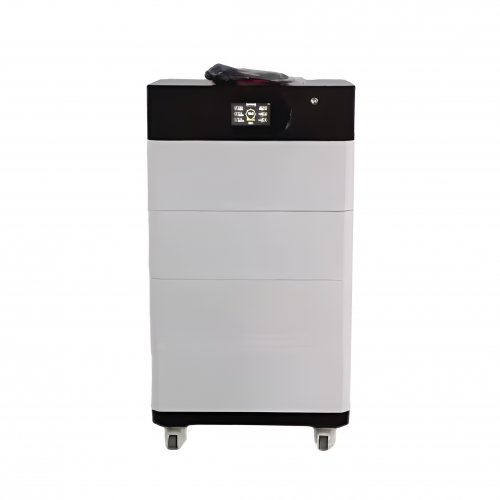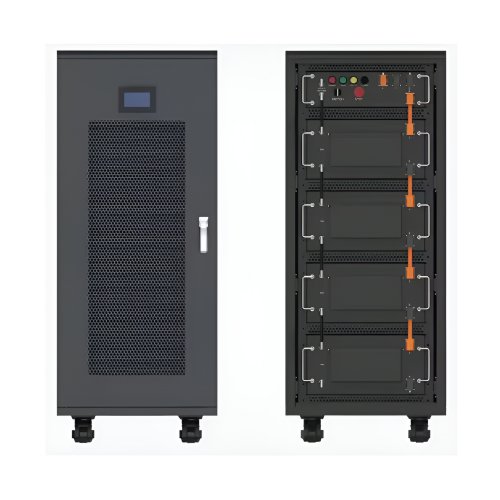How To Use Troubleshooting: A Comprehensive Guide To Effective Problem-solving
Troubleshooting is a systematic approach to identifying, diagnosing, and resolving problems, typically in the context of technology, machinery, or complex systems. It is a critical skill for IT professionals, technicians, engineers, and even everyday users. Mastering this process can save time, reduce frustration, and prevent minor issues from escalating into major failures. This guide provides a detailed framework for effective troubleshooting, complete with practical steps, expert tips, and essential precautions.
The Systematic Troubleshooting Process
A haphazard approach to problem-solving often leads to wasted effort. Following a structured methodology increases the likelihood of a swift and permanent resolution.
Step 1: Identify and Define the Problem The first and most crucial step is to understand what is wrong. Gather as much information as possible.Ask Questions: What exactly is happening? What error messages are appearing? When did the problem start? Did anything change recently (e.g., new software, hardware, or updates)? Does the problem occur consistently or intermittently?Gather Details: Reproduce the issue yourself if possible. Note the exact wording of error messages, codes, or unusual behaviors. Ask the user to demonstrate the problem.Define the Scope: Determine the extent of the issue. Is it affecting one user or many? One application or the entire system?
Step 2: Establish a Theory of Probable Cause Based on your initial information, brainstorm potential causes. Start with the simplest and most obvious explanations first; these are often the root of the problem.Research: Use knowledge bases, official documentation, forums, and search engines to see if others have encountered the same issue. Error codes are particularly valuable for this.Consider Layers: Think about the problem in layers: is it likely a hardware, software, network, or user-related issue? This helps narrow down the field of possibilities.
Step 3: Test the Theory to Determine the Cause Develop a plan to test your leading theory. Your goal is to confirm or rule out the suspected cause.Isolate Variables: Change one thing at a time. If you suspect a network cable, swap it with a known-good one. If you think a software setting is wrong, compare it to a working configuration.Use Tools: Leverage diagnostic tools like ping, traceroute, system logs, hardware diagnostics, or multimeters to gather concrete data.If the Theory is Confirmed: You can move on to resolving the issue.If the Theory is Rejected: Return to Step 2 and establish a new theory. Document what you tested and the result to avoid repeating steps.
Step 4: Develop a Plan of Action and Implement the Solution Once the root cause is identified, plan your fix.Consider Side Effects: What impact will this solution have? Will it require a reboot or cause downtime? Does it align with organizational policies?Back Up: If possible, back up configurations or data before making changes. This provides a safety net if the solution creates new problems.Implement the Fix: Execute your plan carefully and methodically.
Step 5: Verify Full System Functionality and Implement Preventive Measures The fix is not complete until you’ve confirmed that the original problem is resolved and no new issues have been introduced.Test Thoroughly: Have the user test the functionality. Ensure that all related features still work as expected.Prevent Recurrence: Ask yourself if this problem can be prevented in the future. This might involve updating documentation, adjusting monitoring alerts, scheduling regular maintenance, or training users.
Step 6: Document the Findings, Actions, and Outcomes Documentation is the step most often skipped but is invaluable for future troubleshooting.Record Details: Write down the problem symptoms, the root cause, the solution applied, and any relevant resources or guides used.Share Knowledge: This creates a knowledge base that you and your team can reference later, dramatically reducing resolution time if the issue occurs again.
Essential Troubleshooting Tips and Best PracticesStart Simple: Always check the basics first. Is it plugged in? Is it turned on? Is the volume muted? Is the cable securely connected? You would be surprised how often this is the solution.Embrace the Divide-and-Conquer Strategy: Isolate the problem by dividing the system into logical segments. For a network issue, test if the problem exists on the local machine, the local network, or the wider internet. This quickly narrows down the source.Trust but Verify: While user reports are essential, always try to observe the problem firsthand. A user's description may unintentionally omit critical details.Know Your Resources: Familiarize yourself with official documentation, knowledge bases, and reputable online communities. These are force multipliers for your own knowledge.
Important Precautions and WarningsAvoid Assumptions: Do not assume you know the cause before gathering evidence. Approach each problem with an open mind.Beware of Confirmation Bias: It's easy to focus only on evidence that supports your initial theory. Actively seek information that might disprove it.Understand the Impact: Never execute a command or make a significant change to a production system without understanding its potential consequences. A fix in one area can break functionality in another.Know When to Escalate: If a problem is beyond your expertise or requires higher-level permissions, escalate it to a senior technician or specialist. Wasting time on a problem you cannot fix is inefficient.
By internalizing this structured approach, you transform troubleshooting from a random guessing game into a reliable, repeatable skill. It empowers you to confidently dissect complex problems, implement effective solutions, and build a personal repository of knowledge for tackling future challenges.
Customized/OEM/ODM Service
HomSolar Supports Lifepo4 battery pack customization/OEM/ODM service, welcome to contact us and tell us your needs.


HomSolar: Your One-stop LiFePO4 Battery Pack & ESS Solution Manufacturer
Our line of LiFePO4 (LFP) batteries offer a solution to demanding applications that require a lighter weight, longer life, and higher capacity battery. Features include advanced battery management systems (BMS), Bluetooth® communication and active intelligent monitoring.

Customised Lithium Iron Phosphate Battery Casing
ABS plastic housing, aluminium housing, stainless steel housing and iron housing are available, and can also be designed and customised according to your needs.

HomSolar Smart BMS
Intelligent Battery Management System for HomSolar Energy Storage System. Bluetooth, temperature sensor, LCD display, CAN interface, UART interface also available.


Terminals & Plugs Can Be Customized
A wide range of terminals and plugs can be customised to suit the application needs of your battery products.

Well-designed Solutions for Energy Storage Systems
We will design the perfect energy storage system solution according to your needs, so that you can easily solve the specific industry applications of battery products.



About Our Battery Cells
Our energy storage system products use brand new grade A LiFePO4 cells with a battery lifespan of more than 4,000 charge/discharge cycles.



Applications in Different Industries
We supply customized & OEM battery pack, assemble cells with wiring, fuse and plastic cover, all the cell wires connected to PCB plug or built BMS.
Applications: E-bike, Electric Scooter, Golf Carts, RV, Electric Wheelchair, Electric Tools, Robot Cleaner, Robot Sweeper, Solar Energy Storage System, Emergency Light, Solar Power Light, Medical Equipment, UPS Backup Power Supply.
We can provide you with customized services. We have the ability to provide a vertical supply chain, from single cells to pack/module and to a complete power solution with BMS, etc.


HomSolar (Shenzhen) Technology Co., Ltd
























